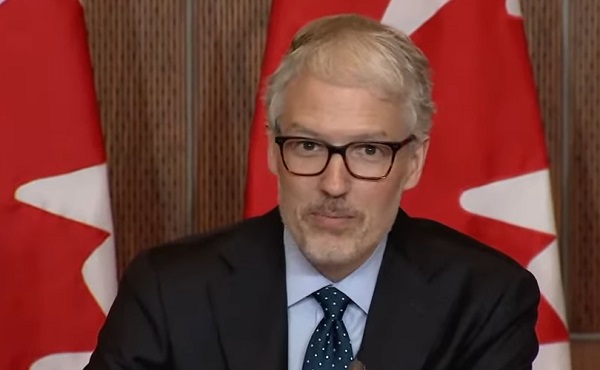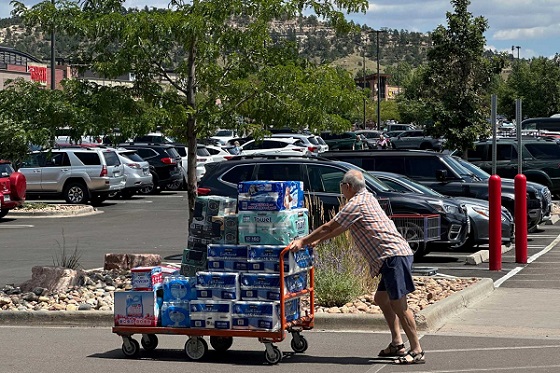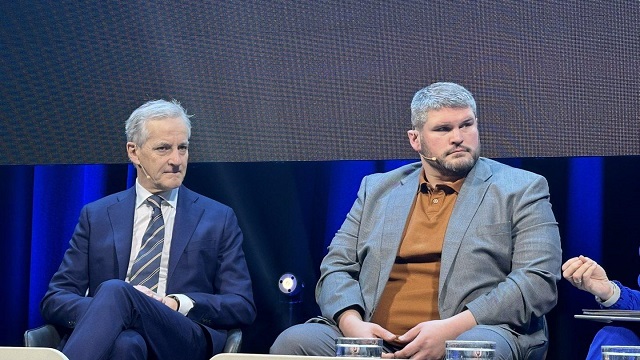National
Trudeau’s agenda is failing Canadians as 2 million visit food banks each month
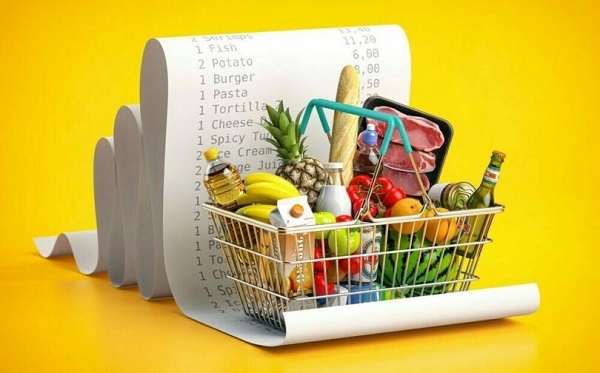
From LifeSiteNews
According to an October report from Food Banks Canada, Canadians made 2,059,636 visits to a food bank in March alone, as overall visits have increased 6% from last year’s record-breaking numbers. But what, if anything, is being done to fix this?
More Canadians than ever are relying on food banks to feed their families, as usage has increased 90% from 2019.
According to an October report from Food Banks Canada, Canadians made 2,059,636 visits to a food bank in March alone, as overall visits have increased 6% from last year’s record-breaking numbers.
“Compared to before the pandemic, there has been a significant increase in two-parent households with children under 18 accessing food banks — from 18.8% in 2019 to nearly 23% in 2024,” reads the report.
“Two-parent families who access food banks are more likely to live in larger urban areas of 100,000 or more, which contributes to the higher usage rates in those areas,” it continued. “This trend is consistent with other research findings that show households with children have been especially hard hit by rapidly rising costs of living.”
Conservative Party Leader Pierre Poilievre commented on the situation, saying, ” Food Banks Canada reports more than 2 MILLION food bank visits in ONE MONTH—after the carbon tax sent food prices up 36% faster than in the U.S. This is Canada after 9 years of NDP-Liberals.”
According to the report, families are increasingly forced to rely on food banks, as one-third of the recipients were children, making 700,000 monthly visits this year.
Food Banks Canada attributed the rising reliance on food banks to “rapid inflation, housing costs and insufficient social supports.” According to the report, 18% of food bank recipients are gainfully employed while 70% are in the rental market.
Finding a solution
The report recommended “a groceries and essentials benefit,” by modifying the existing GST quarterly credit given to low-income Canadians.
However, it should be clear that giving struggling Canadians a tax benefit merely treats the symptom, not the problem itself. The disease is not rising food prices, it is Prime Minister Justin Trudeau’s radical policies that have created a failing economy fueled by inflationary government spending and a punitive carbon tax regime.
Taxing the “carbon” emitted in the production and transportation of Canadians’ food and then returning a fraction of the money not only drives Canadians into poverty, but makes them reliant on handouts.
The Trudeau government needs to reign in its reckless spending and reverse its radical tax policies, returning the economic power to citizens and away from bureaucrats.
Despite the clear need for this, Trudeau’s government appears bent on doing the opposite. As LifeSiteNews previously reported, a 2023 October Parliamentary Budget Officer report found that Trudeau’s carbon tax is costing Canadians hundreds of dollars annually as government rebates remain insufficient to compensate for the increased fuel prices, yet he remains committed to further increasing the tax.
Reports have revealed that a carbon tax of more than $350 per tonne is needed to reach Trudeau’s net-zero goals by 2050. Currently, Canadians living in provinces under the federal carbon pricing scheme pay $80 per tonne, a rate that will be raised to $170 per tonne by 2030.
Directly following a report that Canada’s poverty rate increased for the first time in years due to high inflation spurred by government spending, polls showed that nearly half of Canadians are only $200 from complete financial ruin, and yet the Trudeau government continues down its same path.
Unfortunately for Canadians, if the past nine years show us anything, it seems that regardless of how bleak the data, the Trudeau government has only its ideological agenda in mind.
Fraser Institute
Métis will now get piece of ever-expanding payout pie

From the Fraser Institute
By Tom Flanagan
The history of Ile-à-la-Crosse (IALC) in northern Saskatchewan goes back to 1776, when Thomas Frobisher established a fur trading post. Catholic Oblate missionaries arrived in 1846 and founded a small day school the next year, which was turned into a boarding school in 1860. Louis Riel’s sister Sara taught there until she died of TB in 1883. Under various names and at various locations, the school survived until the early 1970s.
The students were mainly Métis from northern Saskatchewan, with a sprinkling of Indian and white children. It was never an Indian Residential School (IRS) in the legal sense, though the federal government did at times make financial contributions proportional to the small number of status Indian children who attended. The school was mainly supported by the Oblate order and the Grey Nuns, with contributions from the province of Saskatchewan in later years.
Because the school was not an IRS, those who had attended were excluded from the IRS Settlement Agreement negotiated by Paul Martin’s government in 2005 and implemented by Stephen Harper’s government afterwards. Most students had been Métis, and the Settlement Agreement generally excluded Métis who had attended mission boarding schools that were not IRS. Wanting to share in the $5 billion financial compensation provided by the Agreement, the IALC students started legal action, using Tony Merchant’s law firm. Merchant, however, moved too slowly for the complainants, so the Sotos firm started another class action in 2022.
Following the “resistance is futile” policy enunciated by Jodi Wilson-Raybould when she was minister of justice, the federal government had already decided not to litigate, having signed in 2019 a memorandum of understanding to negotiate the claims. In March 2025, the federal government reached an agreement-in-principle with IALC students, which will go before a federal court judge for approval in January 2026. Saskatchewan announced its own agreement-in-principle in September, which will also go before the federal court.
Canada is putting up $27 million and Saskatchewan $40 million for individual compensation. With an estimated 600-700 “survivors,” this equates to individual payouts of about $100,000 apiece. This is admittedly guesswork, because neither agreement-in-principle has been published. News reports indicate that “families” will be involved in the compensation, so a larger number of claimants may materialize.
The federal news release says that compensation is being paid for “cultural loss abuse,” which includes loss of proficiency in the Cree and Michif languages spoken by the Métis in that area. Sexual and physical abuse are not mentioned, even though “survivors” claim to have been abused. Payments will be made to all who attended, as with the federal day school settlement and the “common experience” payment in the IRS settlement.
In the world of government, the joint payout of $67 million is a penny-ante affair, but the long-term implications are much greater. There are tens of thousands of Métis adults who attended mission boarding schools, both Protestant and Catholic, that were not considered IRS and were not admitted to the IRS Settlement Agreement. For them, the IALC settlement is like a dam breaking, setting a precedent for compensation. Class action law firms will commence new actions. Individual cases will be small, but there will be so many of them that the federal government will probably consolidate them into one multi-billion-dollar settlement, and the provinces will fall into line.
When Prime Minister Harper decided to implement the IRS settlement Agreement, he thought it would bring peace on the Indigenous front, allowing the government to move forward. It was an understandable hope, but in fact that decision unleashed a series of class actions that have cost taxpayers more than $50 billion and rising. When Harper was in power, he kept the lid on; but payments exploded after Justin Trudeau became prime minister in 2015 and made Wilson-Raybould minister of justice. Her instruction to Department of Justice lawyers to negotiate rather than litigate, which is still in force, caused resistance to Indigenous class actions to collapse and facilitated enormous payouts culminating in the $40 billion-plus child-care settlement. Now the Métis will get their piece of this ever-expanding payout pie.
Business
US government buys stakes in two Canadian mining companies
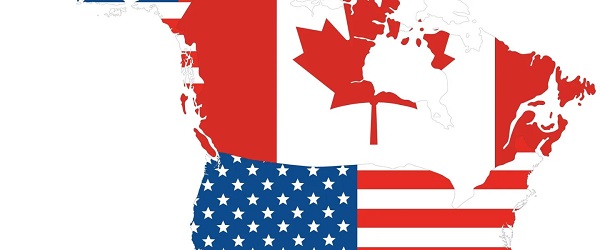
From the Fraser Institute
Prime Minister Mark Carney recently visited the White House for meetings with President Donald Trump. In front of the cameras, the mood was congenial, with both men complimenting each other and promising future cooperation in several areas despite the looming threat of Trump tariffs.
But in the last two weeks, in an effort to secure U.S. access to key critical minerals, the Trump administration has purchased sizable stakes in in two Canadian mining companies—Trilogy Metals and Lithium Americas Corp (LAC). And these aggressive moves by Washington have created a dilemma for Ottawa.
Since news broke of the investments, the Carney government has been quiet, stating only it “welcomes foreign direct investment that benefits Canada’s economy. As part of this process, reviews of foreign investments in critical minerals will be conducted in the best interests of Canadians.”
In the case of LAC, lithium is included in Ottawa’s list of critical minerals that are “essential to Canada’s economic or national security.” And the Investment Canada Act (ICA) requires the government to scrutinize all foreign investments by state-owned investors on national security grounds. Indeed, the ICA specifically notes the potential impact of an investment on critical minerals and critical mineral supply chains.
But since the lithium will be mined and processed in Nevada and presumably utilized in the United States, the Trump administration’s investment will likely have little impact on Canada’s critical mineral supply chain. But here’s the problem. If the Carney government initiates a review, it may enrage Trump at a critical moment in the bilateral relationship, particularly as both governments prepare to renegotiate the Canada-U.S.-Mexico Agreement (CUSMA).
A second dilemma is whether the Carney government should apply the ICA’s “net benefits” test, which measures the investment’s impact on employment, innovation, productivity and economic activity in Canada. The investment must also comport with Canada’s industrial, economic and cultural policies.
Here, the Trump administration’s investment in LAC will likely fail the ICA test, since the main benefit to Canada is that Canadian investors in LAC have been substantially enriched by the U.S. government’s initiative (a week before the Trump administration announced the investment, LAC’s shares were trading at around US$3; two days after the announcement, the shares were trading at US$8.50). And despite any arguments to the contrary, the ICA has never viewed capital gains by Canadian investors as a benefit to Canada.
Similarly, the shares of Trilogy Minerals surged some 200 per cent after the Trump administration announced its investment to support Trilogy’s mineral exploration in Alaska. Again, Canadian shareholders benefited, yet according to the ICA’s current net benefits test, that’s irrelevant.
But in reality, inflows of foreign capital augment domestic savings, which, in turn, provide financing for domestic business investment in Canada. And the prospect of realizing capital gains from acquisitions made by foreign investors encourages startup Canadian companies.
So, what should the Carney government do?
In short, it should revise the ICA so that national security grounds are the sole basis for approving or rejecting investments by foreign governments in Canadian companies. This may still not sit well in Washington, but the prospect of retaliation by the Trump administration should not prevent Canada from applying its sovereign laws. However, the Carney government should eliminate the net benefits test, or at least recognize that foreign investments that enrich Canadian shareholders convey benefits to Canada.
These recent investments by the Trump administration may not be unique. There are hundreds of Canadian-owned mining companies operating in the U.S. and in other jurisdictions, and future investments in some of those companies by the U.S. or other foreign governments are quite possible. Going forward, Canada’s review process should be robust while recognizing all the benefits of foreign investment.
-
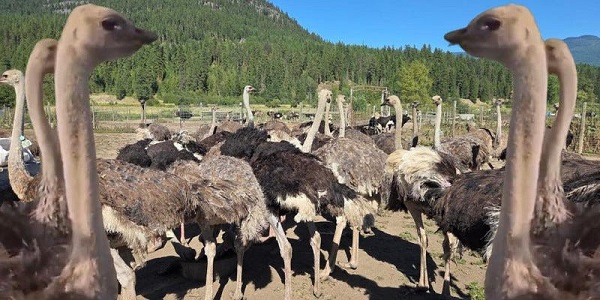
 Agriculture1 day ago
Agriculture1 day agoIs the CFIA a Rogue Agency or Just Taking Orders from a Rogue Federal Government?
-
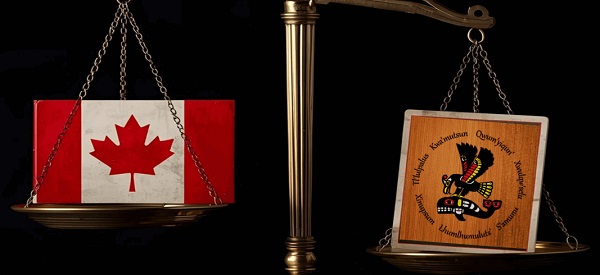
 Business2 days ago
Business2 days agoJudges are Remaking Constitutional Law, Not Applying it – and Canadians’ Property Rights are Part of the Collateral Damage
-
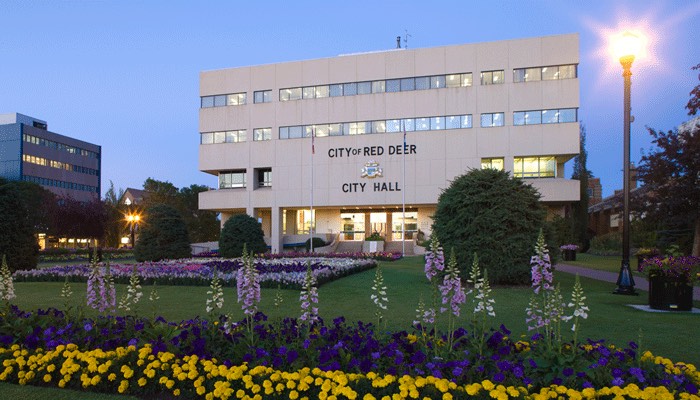
 Red Deer2 days ago
Red Deer2 days agoYour last minute election prep: Common Sense Red Deer talks to the candidates
-
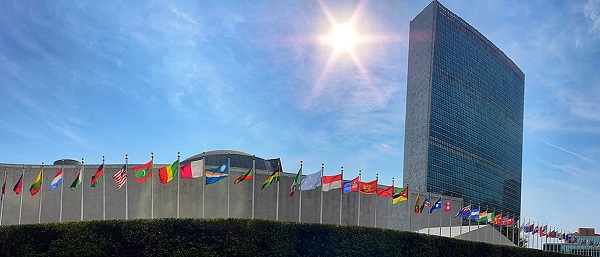
 Business2 days ago
Business2 days agoTrump Admin Blows Up UN ‘Global Green New Scam’ Tax Push, Forcing Pullback
-
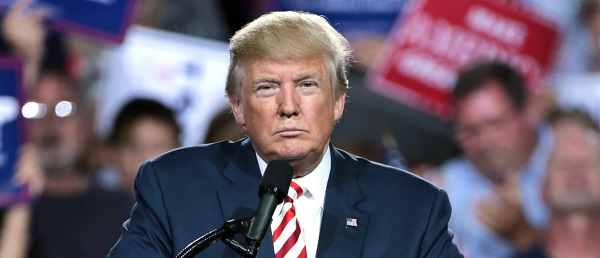
 Business2 days ago
Business2 days agoTrump Blocks UN’s Back Door Carbon Tax
-
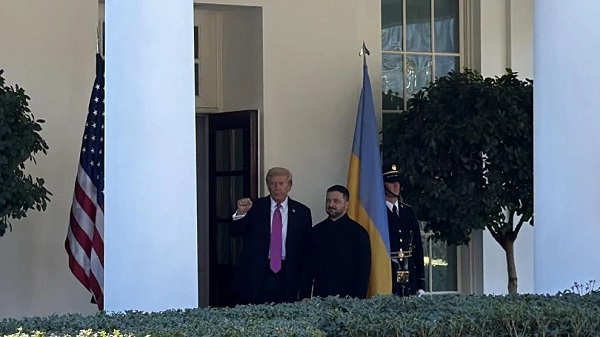
 Daily Caller2 days ago
Daily Caller2 days agoTrump urges Putin, Zelenskyy to make a ‘deal’
-
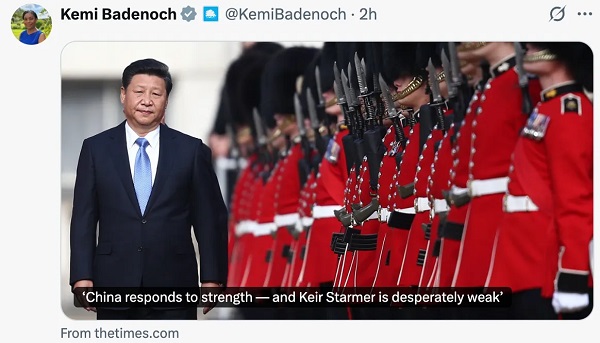
 espionage1 day ago
espionage1 day ago“Suitcase of Cash” and Secret Meeting Deepen Britain’s Beijing Espionage Crisis
-

 Energy6 hours ago
Energy6 hours agoMinus Forty and the Myth of Easy Energy


